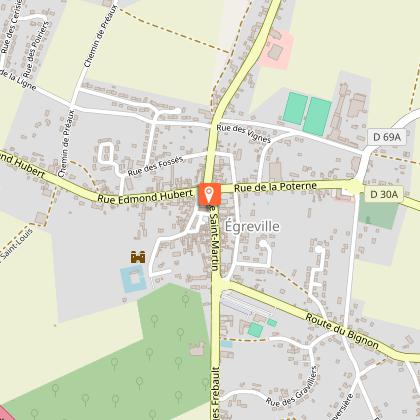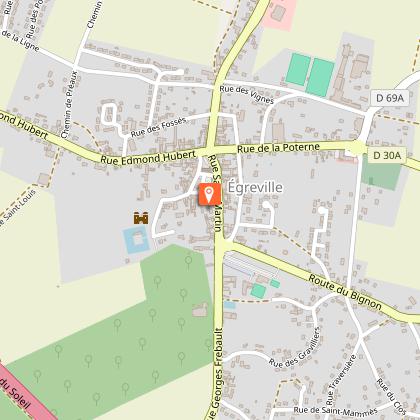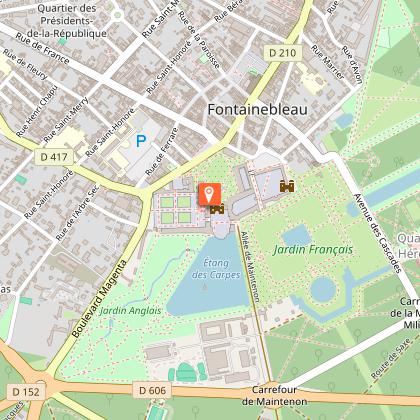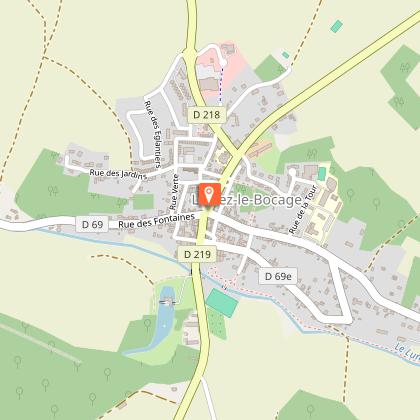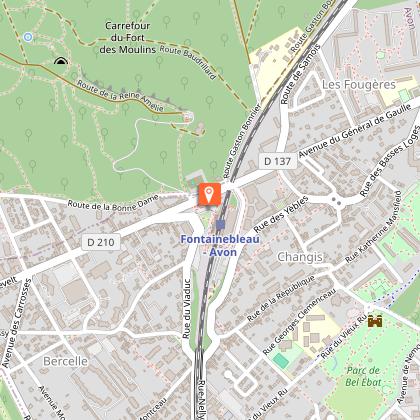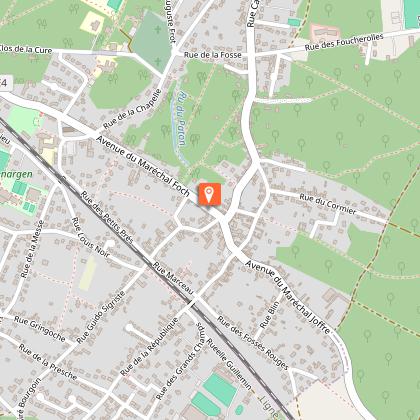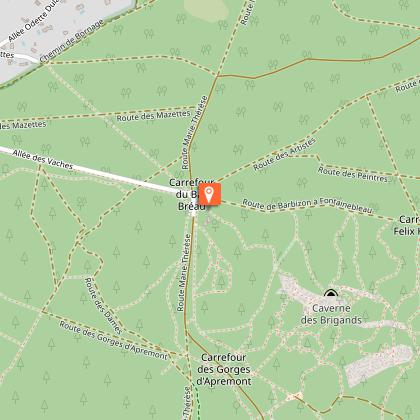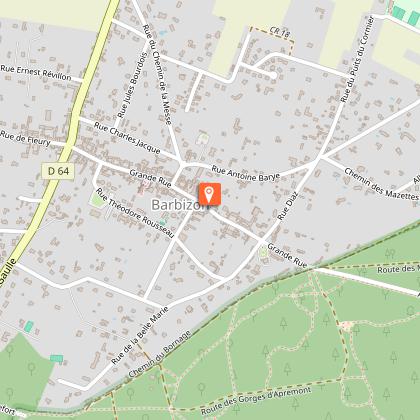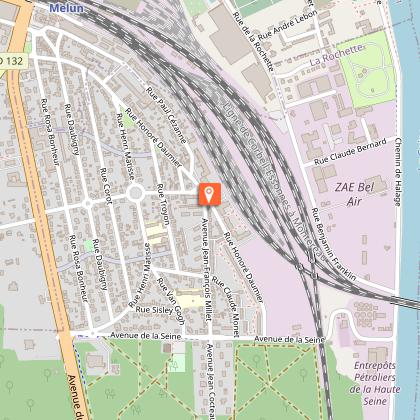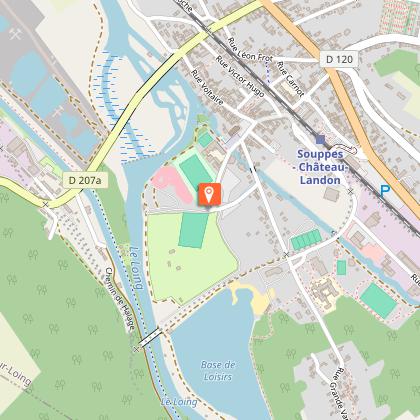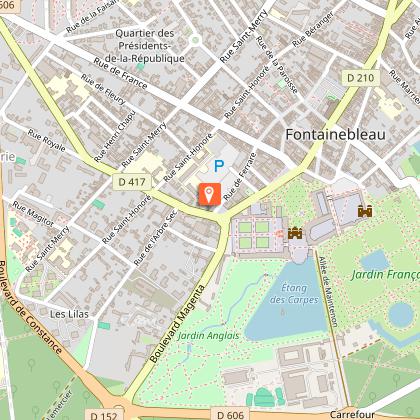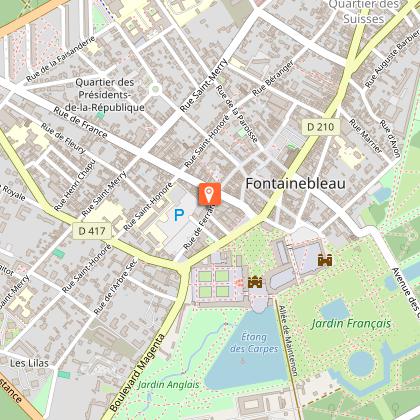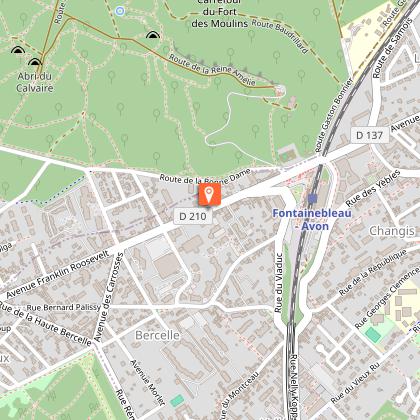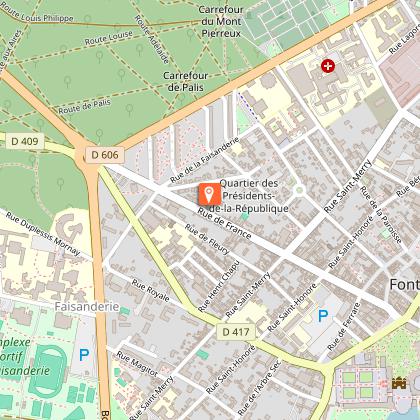Tours
Activities
Places of interest
Where to eat
Where to sleep
Camping Les Grouettes: Discover Villemer's Charms and Beyond
Are you the owner?Welcome to our dedicated page showcasing the wonderful activities and attractions around Villemer in Seine-et-Marne. During your stay at Camping Les Grouettes, take the time to explore a region rich in heritage and natural beauty. Visit the majestic Fontainebleau and Vaux-le-Vicomte castles, admire the Gothic architecture of the Collegiate Church of Notre-Dame in Moret-sur-Loing, and explore charm...See more
Walking around CAMPING LES GROUETTES
See more suggestionsWalks and discoveries in CAMPING LES GROUETTES.
See more suggestionsWhat to do in CAMPING LES GROUETTES
See more suggestionsThe best experiences in CAMPING LES GROUETTES are just a click away, book now.
See more suggestionsIGN cards

2517SB - MONTEREAU-FAULT-YONNE MORET-SUR-LOING
Editor : IGN
Collection : TOP 25 ET SÉRIE BLEUE
Scale : 1:25 000
13.90€

119 PARIS SENS PNR DU GÂTINAIS FRANÇAIS
Editor : IGN
Collection : TOP 100
Scale : 1:100 000
8.40€

D75-95 ÎLE-DE-FRANCE OUEST
Editor : IGN
Collection : CARTES DÉPARTEMENTALES IGN
Scale : 1:150 000
5.90€

D58-D89 NIÈVRE YONNE
Editor : IGN
Collection : CARTES DÉPARTEMENTALES IGN
Scale : 1:150 000
5.90€

D77 SEINE-ET-MARNE
Editor : IGN
Collection : CARTES DÉPARTEMENTALES IGN
Scale : 1:150 000
5.90€

D41-45 LOIR-ET-CHER LOIRET
Editor : IGN
Collection : CARTES DÉPARTEMENTALES IGN
Scale : 1:150 000
5.90€

NR08 CENTRE-VAL DE LOIRE
Editor : IGN
Collection : CARTES RÉGIONALES IGN
Scale : 1:250 000
6.80€

NR09 BOURGOGNE FRANCHE-COMTÉ
Editor : IGN
Collection : CARTES RÉGIONALES IGN
Scale : 1:250 000
6.80€
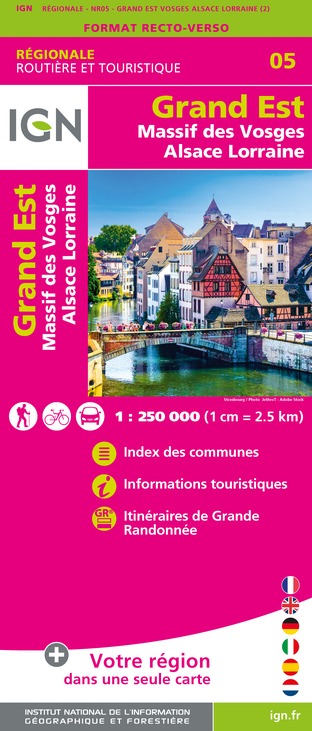
NR05 GRAND EST RECTO/VERSO MASSIF DES VOSGES ALSACE LORRAINE
Editor : IGN
Collection : CARTES RÉGIONALES IGN
Scale : 1:250 000
6.80€

NR04 - GRAND EST RECTO/VERSO ARDENNE CHAMPAGNE
Editor : IGN
Collection : CARTES RÉGIONALES IGN
Scale : 1:250 000
6.80€

NR03 ÍLE DE FRANCE
Editor : IGN
Collection : CARTES RÉGIONALES IGN
Scale : 1:250 000
6.80€

EUROPE
Editor : IGN
Collection : DÉCOUVERTE DES PAYS DU MONDE IGN
Scale : 1:2 500 000
7.00€
What to visit in CAMPING LES GROUETTES
See more suggestionsRelax in the parks of CAMPING LES GROUETTES.
See more suggestionsWhere to eat in CAMPING LES GROUETTES
See more suggestionsFood enthusiasts will love CAMPING LES GROUETTES's restaurants.
See more suggestionsWhere to sleep in CAMPING LES GROUETTES
See more suggestionsBook your stay at one of CAMPING LES GROUETTES's accommodations.
See more suggestions













